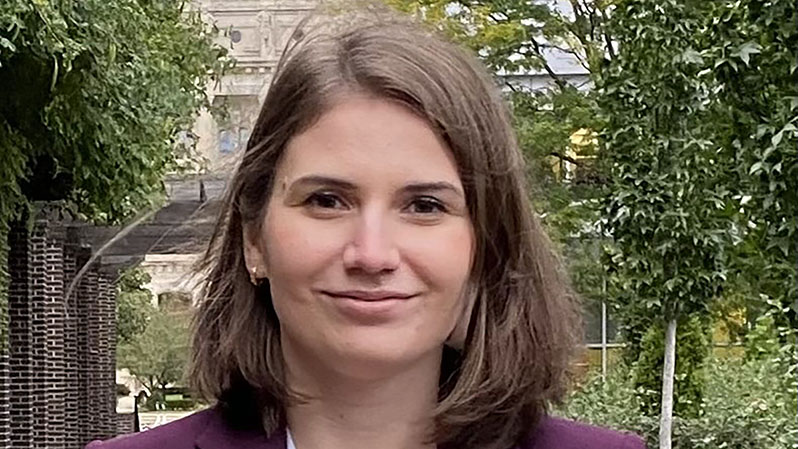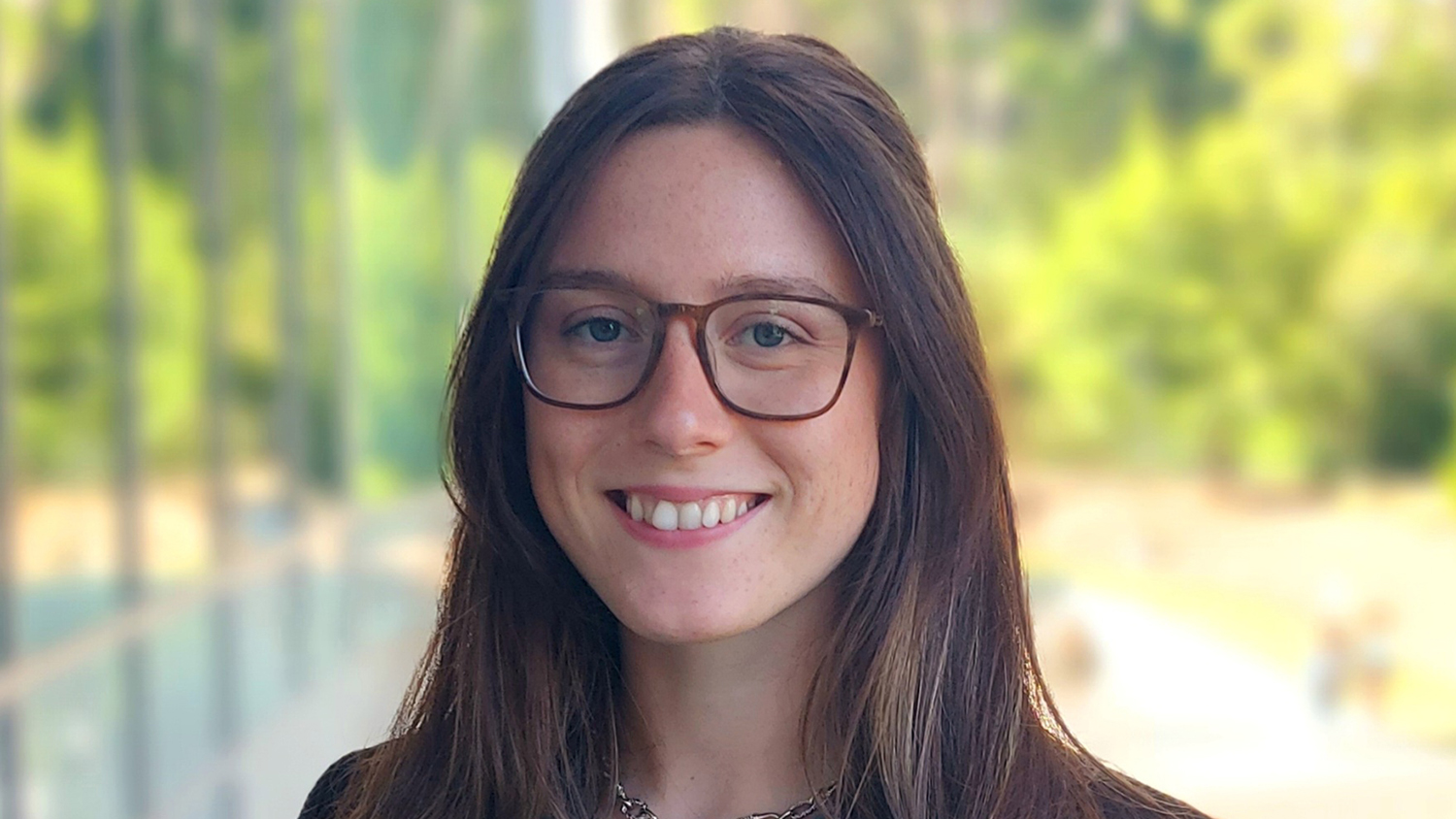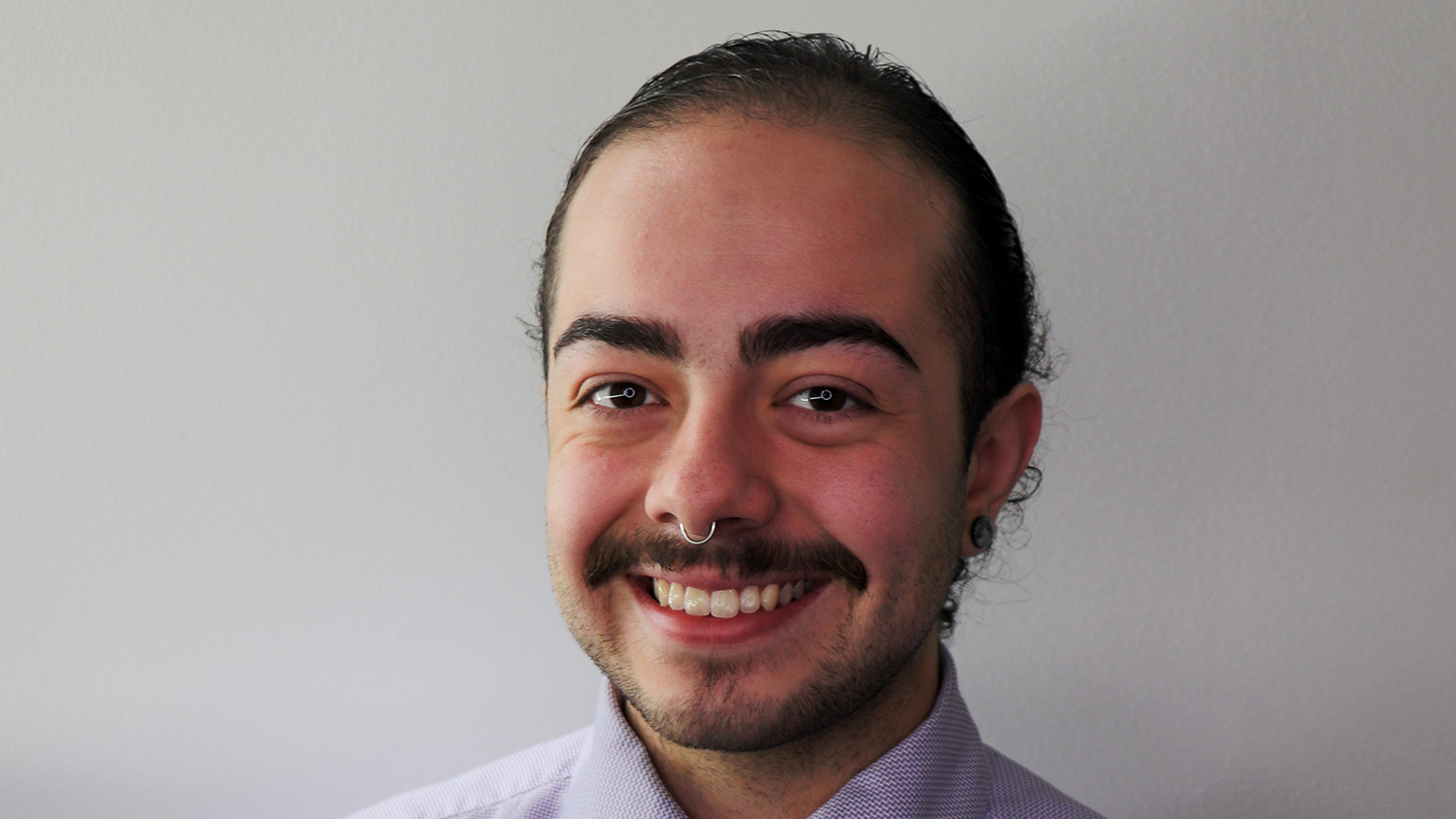Young Jae Kim, Understanding the Influence of Molecular Ordering on Wetting Resistance
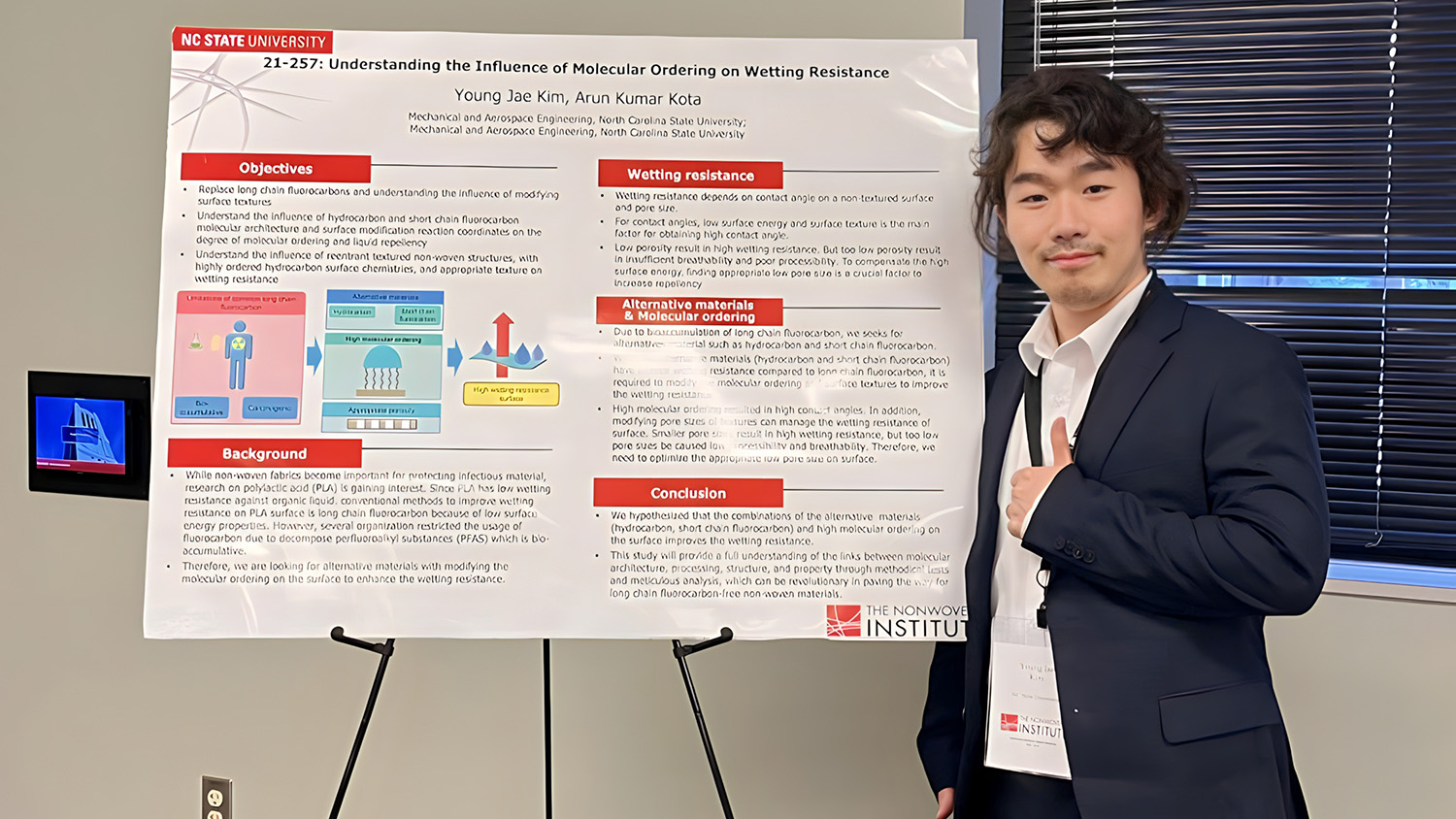
Degree Type: Ph.D.
Expected Graduation Date: 2026
School/Department: Mechanical and Aerospace Engineering, NC State
University
Program: Mechanical Engineering
Research Project: Understanding the Influence of Molecular Ordering on Wetting
Resistance
Professor/Faculty Advisor: Arun K. Kota, Ph.D., NC State University
How did you come to have an interest in nonwovens?
In the initial stages, I conducted research in the field of microfluidics, specifically focusing on studying superhydrophobic surfaces. Through this research, I developed an interest in understanding the behavior of water droplets at very small scales and their impact on surfaces.
Later, while working with my advisor, I became acquainted with research related to nonwovens. This led me to explore the interaction between nonwoven materials and surface modifications, and I discovered the broader potential applications in various industries.
During my collaboration with my advisor, I investigated the characteristics of nonwoven materials and studied their surface modifications and interactions with liquids. I conducted experimental work involving coating, plasma treatment, and nanotechnology-based approaches to achieve optimal surface properties. Additionally, I explored different materials and their combinations to enhance reactivity and surface characteristics.
By conducting research in nonwovens, particularly in developing super-repellent surfaces, I aim to contribute to innovative technological advancements in industries such as self-cleaning textiles, stain-resistant coatings and efficient liquid filtration systems. It is this pursuit that initially sparked my interest in nonwovens and motivates me to provide transformative solutions across various industrial sectors.
Why are your research/findings particularly important/compelling for nonwovens
applications?
The focus of my NWI (nonwovens) research project is to develop hydrocarbon-based alternatives to fluorocarbons for enhancing the performance of nonwoven materials. Historically, fluorocarbons have exhibited the highest resistance to fluids, but their toxicity, specifically the bio-accumulative nature of PFAS compounds, has prompted companies to seek alternatives. Therefore, our objective is to achieve performance comparable to fluorocarbons using hydrocarbon materials that have garnered significant attention in various research studies.
Since hydrocarbons inherently possess lower wetting resistance compared to fluorocarbons, we aim to compensate for this by implementing physical surface treatments on the nonwoven fabric. These physical treatments will focus on enhancing the molecular ordering of the material and introducing numerous surface microstructures to strengthen the wetting resistance.
By increasing the molecular ordering, we expect to enhance the hydrophobic properties of the nonwoven surface, thereby reducing its affinity for liquids. This can be achieved through various techniques such as controlled stretching, orientation or annealing processes. Additionally, the creation of surface microstructures, such as pores or textures, will further contribute to the enhancement of wetting resistance by trapping air pockets and impeding the penetration of liquids.
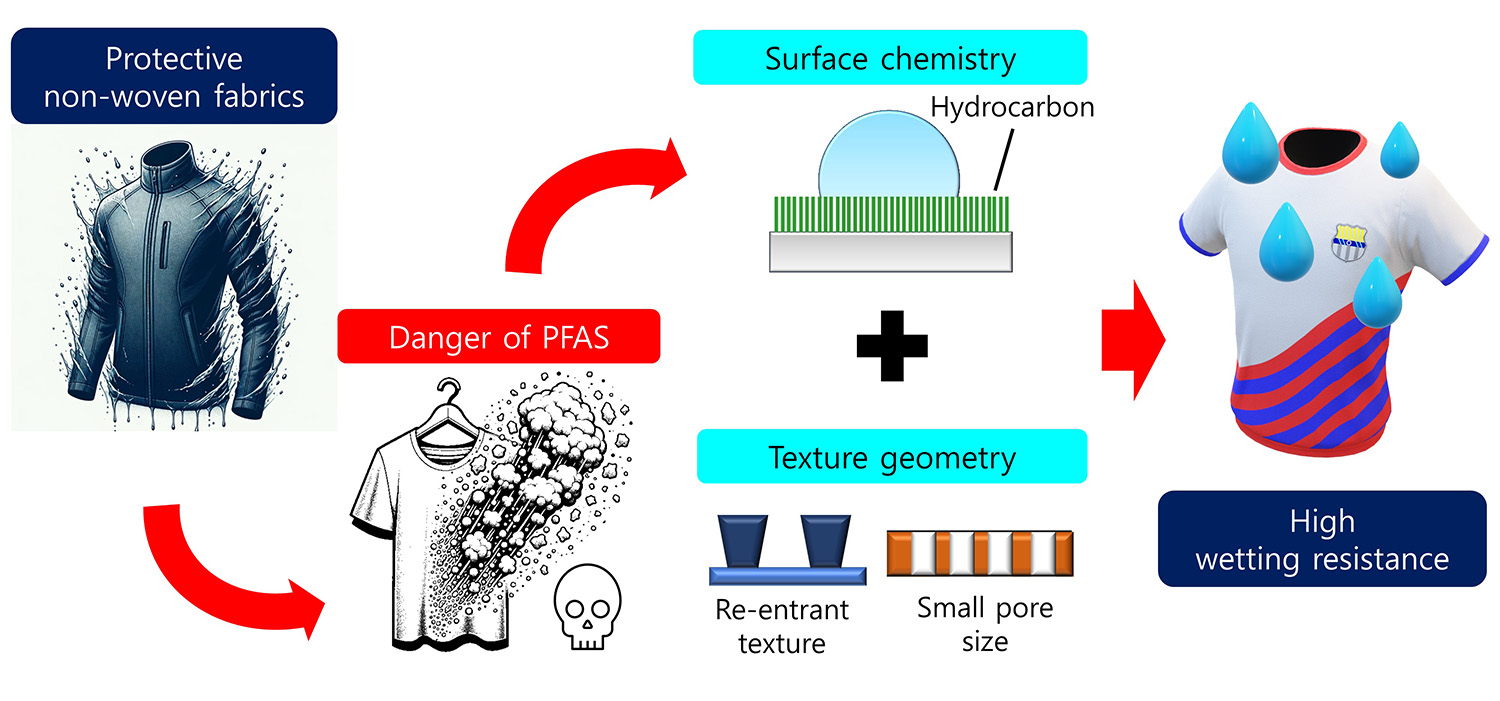
The significance of our research lies in providing a viable alternative to fluorocarbon-based treatments in nonwovens applications. By utilizing hydrocarbon materials and optimizing their performance through physical surface treatments, we can address the concerns surrounding the toxicity of fluorocarbons while still achieving high-performance liquid repellency. This has the potential to revolutionize the nonwovens industry, enabling the development of safer and more sustainable materials that meet the stringent requirements of various applications, including healthcare, filtration and protective textiles.
Where do you see yourself upon completion of your studies?
In the near term, my career goal is to combine my research on nonwovens, microfluidics and superhydrophobic surfaces to have a significant impact in industry. I want to be involved in industry collaborations, conducting research that leads to innovative product development and improves quality of life.
Looking 5-10 years ahead, I envision progressing as an expert in nonwovens and surface engineering. I hope to take on leadership roles, leading research teams and collaborating with interdisciplinary experts to tackle complex material science challenges. Additionally, I want to contribute to academia through publications, mentorship and active participation in conferences.
When you are not studying and doing your nonwovens research project, what are your
personal interests, hobbies … any activities you would like to highlight?
When I am not studying or working on my nonwovens research project, I have several personal interests and hobbies that I enjoy. One of my main activities is going to the gym and engaging in strength training exercises. I find it fulfilling to challenge myself physically and strive for progress in terms of my fitness and overall well-being.
Additionally, I love exploring different restaurants and trying out new cuisines with friends. It’s a great way to unwind, socialize and indulge in delicious food.
Another hobby I have is playing the piano. I find joy in expressing myself through music and it serves as a creative outlet for me. Lately, I have also taken up learning the guitar, which has been an exciting new venture for me. It allows me to explore a different instrument and expand my musical skills.
Overall, these activities contribute to a well-rounded and balanced lifestyle, allowing me to pursue my interests outside of my academic and research endeavors.
- Categories:
